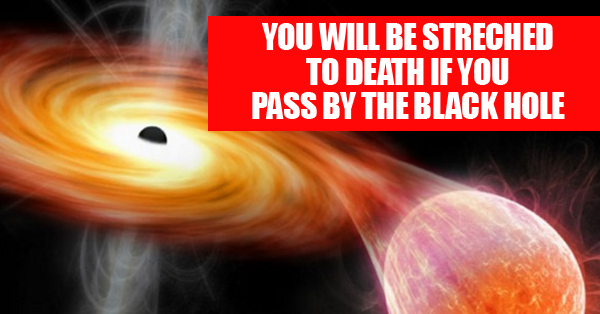

Some black holes are so luminous they outshine Earth’s sun by the billions.

The most massive black hole observed, TON 618, tips the scales at 66 billion times the Sun’s mass. But just because they’re surrounded by mystery doesn’t mean they’re always shrouded in darkness. The nearest known black hole, called 1A 06200-00, is 3,000 light-years away. Nothing can escape their pull - not even light itself. 1 / 5 Perseus Black Hole A view of the central region of the Perseus galaxy cluster, one of the most massive objects in the universe, shows the effects that a relatively small but supermassive.

Like their event horizon, which is the point of no return situated at their swirling center, black holes are invisible. The energy that held the star together disappears and it collapses in on itself producing a magnificent explosion. Scientists believe they are formed when the corpse of a massive star collapses in on itself. Black holes form at the end of some stars’ lives. Black holes are the only objects in the universe that can trap light by sheer gravitational force.
INFORMATION ABOUT BLACKHOLE FULL
We're only beginning to understand the secrets of deep space and the full capacity of these cosmic death traps.īlack holes are one of the most interesting things about space. A black hole is an area of such immense gravity that nothingnot even lightcan escape from it. A 31.5 solar-mass black hole with an 8.38 solar-mass black hole companion viewed in front of its (computer generated) stellar nursery prior to merging. They are like giant invisible blenders lurking in the corners of deep space, sucking in unsuspecting stars and planets and ripping them to shreds. (Image credit: Karl Tate, contributor) Over the years scientists have looked. Black holes are something everyone has heard about, but few actually know anything about. Black holes are strange regions where gravity is strong enough to bend light, warp space and distort time. The resorts Via Ferrata route provides a thrilling combination of guided climbing and scenic exploration. TON 618 (short for Tonantzintla 618) is a hyperluminous, broad-absorption-line, radio-loud quasar and Lyman-alpha blob located near the border of the constellations Canes Venatici and Coma Berenices, with the projected comoving distance of approximately 18.2 billion light-years from Earth.


 0 kommentar(er)
0 kommentar(er)
